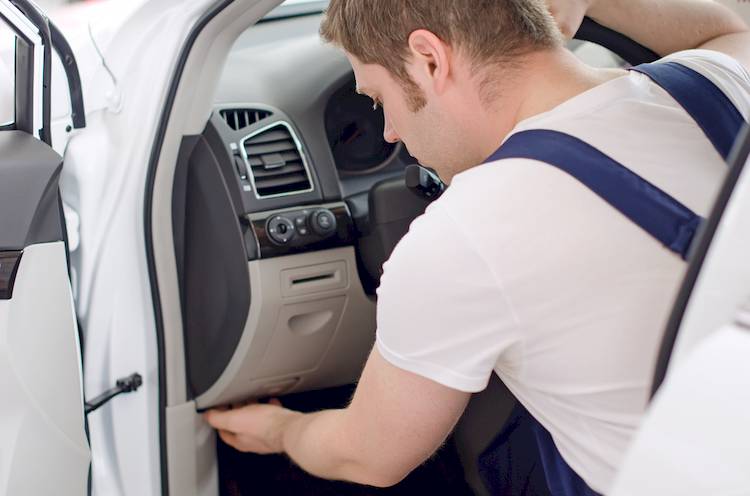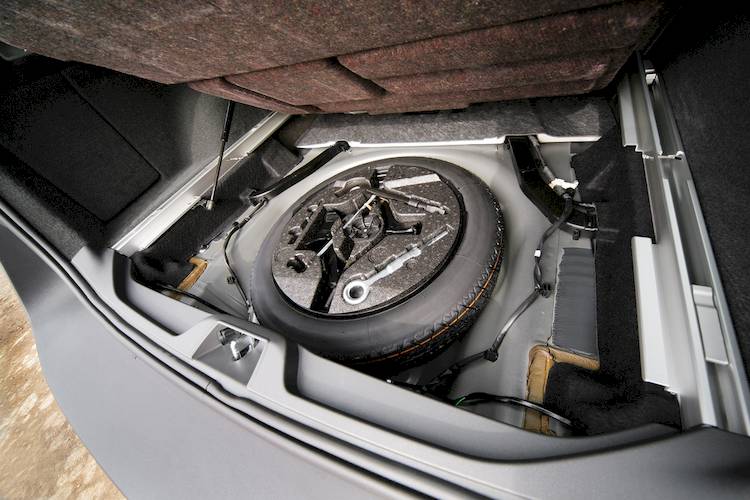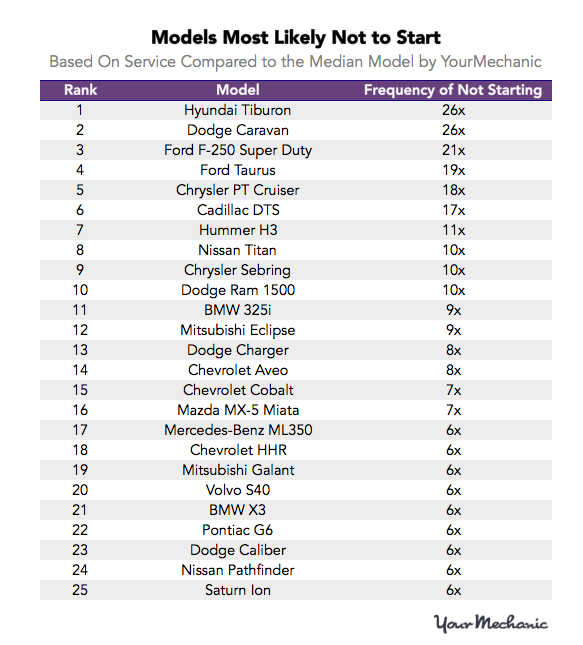
Many Ford Explorers and Mercury Mountaineers were manufactured with
an option known as the Ford keyless entry keypad. Some models refer to
it as SecuriCode as well. It is a five-button numeric keypad that is
used to:
It can happen that the code you set is forgotten, and you are locked out of your vehicle. It is also a regular occurrence that, once a vehicle has been sold, the code isn’t given to the new owner. If the default code isn’t on hand either, it can leave the keyless keypad useless and increase the chance of being locked out of your vehicle.
On Ford Explorers and Mercury Mountaineers, it may be possible to retrieve the five-digit default code manually with a few easy steps.
Step 1: Look in your owner’s manual. Flip through the pages to find the card with the code printed on it.
Step 4: Enter the code. To enter your keyless keypad code:
Materials Needed
Step 4: Locate the barcode label. The label is directly below the connector facing the firewall.
Materials Needed

Step 1: Find your tire change compartment. On most 1999 to 2005 Explorers and Mountaineers, you can find the RAP module in the compartment where the tire change jack is located.
Step 2: Locate the cover for the jack. The cover will be on the driver’s rear in the cargo area.
Step 4: Find the RAP module. It is located just in front of the jack compartment opening, mounted against the side body panel.
Step 6: Install the jack cover. Put the two bottom alignment tabs in place, press the panel into its location, and press the two levers down to lock it in place.
Step 7: Enter the keyless code.

Step 1: Find the passenger seat belt panel. Locate the panel where the passenger rear seat belt enters the pillar area.
Step 2: Pry the panel loose by hand. There are a few tension clips that hold it in place. A firm tug from the top should pop the panel off.
Step 5: Get the five-digit code. Read the five-digit code off the label, then snap all the panels back in place, lining up the tension clips with their locations in the body.
Step 6: Enter the default keypad code in the keypad.
Step 1: Press the "Menu" button. With the ignition on and the doors closed, press the “Menu” button at the top of the screen.
Step 2: Press the “Vehicle” button. This appears on the left side of the screen.
Step 4: Set your keypad code. Enter the default keypad code from your owner’s manual, then enter your new personalized five-digit keypad entry code.
Typically, dealers charge a fee for retrieving keypad codes for customers. Ask ahead of time what the charge is for the service and be prepared with payment once the process has been completed.
- Eliminate fumbling for your keys
- Prevent lockouts
- Provide easy entry to your vehicle
It can happen that the code you set is forgotten, and you are locked out of your vehicle. It is also a regular occurrence that, once a vehicle has been sold, the code isn’t given to the new owner. If the default code isn’t on hand either, it can leave the keyless keypad useless and increase the chance of being locked out of your vehicle.
On Ford Explorers and Mercury Mountaineers, it may be possible to retrieve the five-digit default code manually with a few easy steps.
Method 1 of 5: Check your documentation
When a Ford Explorer or Mercury Mountaineer is sold with the keyless entry keypad, the default code is provided with the manuals and owner’s materials on a card. Retrieve your code from the paperwork.Step 1: Look in your owner’s manual. Flip through the pages to find the card with the code printed on it.
- If you purchased the vehicle second-hand, check if the code is written on the inside cover by hand.
- The code card may be loose in the wallet.
Step 4: Enter the code. To enter your keyless keypad code:
- Enter in the five-digit code in order
- Select the associated key to press
- Press the 3-4 button within five seconds of entering your code to unlock your doors
- Lock your doors by pressing the 7-8 and 9-10 buttons at the same time
Method 2 of 5: Locate smart junction box (SJB) 2006-2010
On Ford Explorers and Mercury Mountaineers from 2006 until the model year 2010, the default five-digit keypad code is printed on the smart junction box (SJB) under the driver’s side of the dash.Materials Needed
- Flashlight
- Screwdriver or small socket set
- Small mirror on an extension
- It is cramped for space and you will get dirty if the floor is dirty.
- If there is one, you may need a screwdriver or a small socket set and ratchet to remove it.
Step 4: Locate the barcode label. The label is directly below the connector facing the firewall.
- Use your flashlight to find it under the dash.
- Use your extendable mirror to get a view of the backside of the module to read the label.
- When the area is illuminated with the flashlight, you should easily be able to read the code in the mirror’s reflection.
Method 3 of 5: Locate the RAP Module
The default keypad code for Explorers and Mountaineer for model years 1999 to 2005 can be found on the Remote Anti-Theft Personality (RAP) module. There are two possible locations for the RAP module.Materials Needed
- Flashlight
- Small mirror on an extension

Step 1: Find your tire change compartment. On most 1999 to 2005 Explorers and Mountaineers, you can find the RAP module in the compartment where the tire change jack is located.
Step 2: Locate the cover for the jack. The cover will be on the driver’s rear in the cargo area.
- It is approximately 4 inches tall and 16 inches wide.
Step 4: Find the RAP module. It is located just in front of the jack compartment opening, mounted against the side body panel.
- You won’t be able to see the label clearly from this vantage point.
Step 6: Install the jack cover. Put the two bottom alignment tabs in place, press the panel into its location, and press the two levers down to lock it in place.
Step 7: Enter the keyless code.
Method 4 of 5: Find the RAP module on the rear passenger door
Material Needed- Flashlight

Step 1: Find the passenger seat belt panel. Locate the panel where the passenger rear seat belt enters the pillar area.
Step 2: Pry the panel loose by hand. There are a few tension clips that hold it in place. A firm tug from the top should pop the panel off.
- Warning: The plastic can be sharp, so you may want to use gloves to remove trim panels.
- You don’t have to completely remove this part. The module is right below the other panel you removed.
Step 5: Get the five-digit code. Read the five-digit code off the label, then snap all the panels back in place, lining up the tension clips with their locations in the body.
Step 6: Enter the default keypad code in the keypad.
Method 5 of 6: Use the MyFord function
Newer Ford Explorers may use a touchscreen display system known as MyFord Touch. It controls comfort and convenience systems including SecuriCode.Step 1: Press the "Menu" button. With the ignition on and the doors closed, press the “Menu” button at the top of the screen.
Step 2: Press the “Vehicle” button. This appears on the left side of the screen.
- A menu comes up that includes the option “Door Keypad Code.”
Step 4: Set your keypad code. Enter the default keypad code from your owner’s manual, then enter your new personalized five-digit keypad entry code.
- It is now set.
Method 5 of 5: Contact your Ford dealership
If none of the options were successful in retrieving your default keyless keypad code, you will have to go to the Ford dealer to have a technician retrieve the code from the computer. The technician will use a diagnostic scanner to retrieve the code from the RAP or SJB module and provide it to you.Typically, dealers charge a fee for retrieving keypad codes for customers. Ask ahead of time what the charge is for the service and be prepared with payment once the process has been completed.







